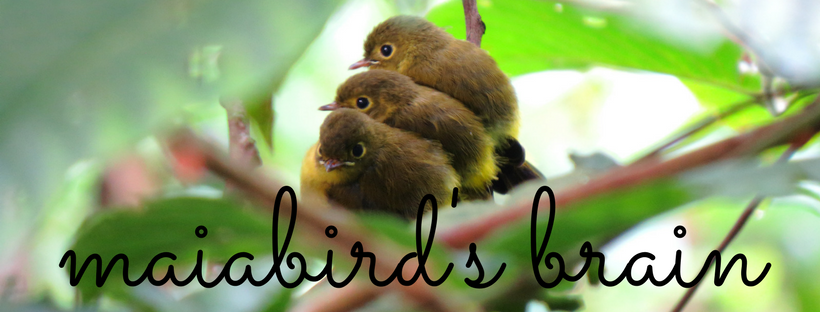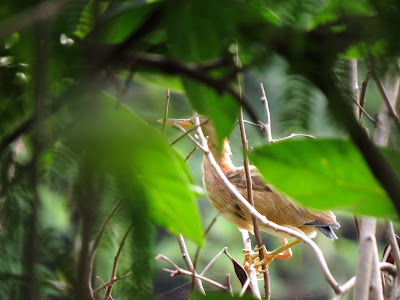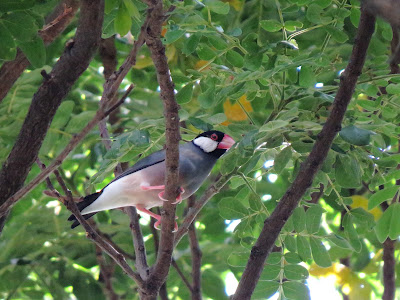The datu sat with his tribe in the makeshift tent under a tree. The men sat around the small matted area while the women quietly threaded beads to make colorful bracelets and necklaces. Our small group gingerly entered their space and we began to listen.
 |
| Datu Tungig (center) of the Manobos sat with his tribe |
I was in the middle of the Lakbayan 2016 camp in the UP Diliman campus with the Nikon Club of the Philippines. The event is formally called the Lakbayan ng Pambansang Minorya para sa Sariling Pagpapasya at Makatarungang Kapayapaan. It brought together more than 3,000 members of different ethnolinguistic groups from all over the Philippines to bring attention to their plight to end the militarization and corruption of their ancestral lands.
 |
| Lakbayan 2016 camp |
 |
| They left their homes to live like this and make people listen |
At present, there are 153 ethnolinguistic groups that make up the national minority. They are divided into major groups such as the Moros (13 groups) and Lumads of Mindanao (18 groups), the Cordillera (7 groups), Aggay, Kalinga, and other groups from North Luzon, the Aetas of Central Luzon, the Dumagats, Mangyans, and Palawan Hilltribes of South Luzon, and the Tumandok and Ati of Panay in the Visayas. (information translated into English from the Lakbayan 2016 praymer.)
We went around the “camp” and visited the small temporary museum. We walked further into their camp and met a man in a red shirt and red tubao. He spoke half in Bisaya and half in Filipino. I tried my best to understand and kicked myself mentally for not learning how to speak my parents’ dialects fluently (Bisaya from my mom and Kapampangan from my dad.)
He looked into the distance as spoke of their troubles and struggles, the oppression, the lack of attention and support from the government. His frown and far-away look was replaced with a more relaxed disposition as he told us about their simple life. I know I did not understand 100% of what he was telling us but I’d like to think I got the message. He sighed and said goodbye and walked away.
We moved on and visited a tent which was set up from the rest of the camp. We spent the most time here, with the Manobos led by Datu Tungig.
 |
| Oli (in white) started our conversation with Datu Tungig |
Datu Tungig, just like the man we spoke to earlier, shared with us their situation in their ancestral lands. He told us of the harassment and constant threat to their lives by the people who are supposed to be protecting them and of the neglect from the government that is supposed to be providing basic services to all its people. ALL. It was very sad hearing about the lack of education services in their area and that the only education they receive are from missionaries and not from the country they are citizens of. His tone of voice – the bitterness and disappointment and desperation for his people – broke my heart…
 |
| Members of Datu Tungig's tribe |
 |
| Members of Datu Tungig's tribe |
We soon said our goodbyes and went on our way. It was an eye-opening experience having interacted with them, a very different thing from reading about them and their issues in books and newspapers or seeing them on the news. Take away all the politics and opportunists (sorry, I have no better word…), what they are fighting for is simple. They just want the proper respect and recognition due any human being. They have every right to live without fear and persecution, to live free and secure, and to receive the basic services as any Filipino citizen.
 |
| Datu Tungig and his siblings waiting for their portraits to be taken |
Today, December 10 is Human Rights Day, which marks the United Nations Universal Declaration of Human Rights which was adopted in 1948. It is a sad reality that there are still so many people who suffer from human rights violations. I will always remember my encounter with these strong and brave Filipinos. The realizations I gained that day I know I can never learn from any book or from watching or reading the news or even from talking to other people about them. I felt powerless to help… but I know there is always something I can do. One day, I will be able to reach out and do something concrete for them, but for now I will just write.

















































